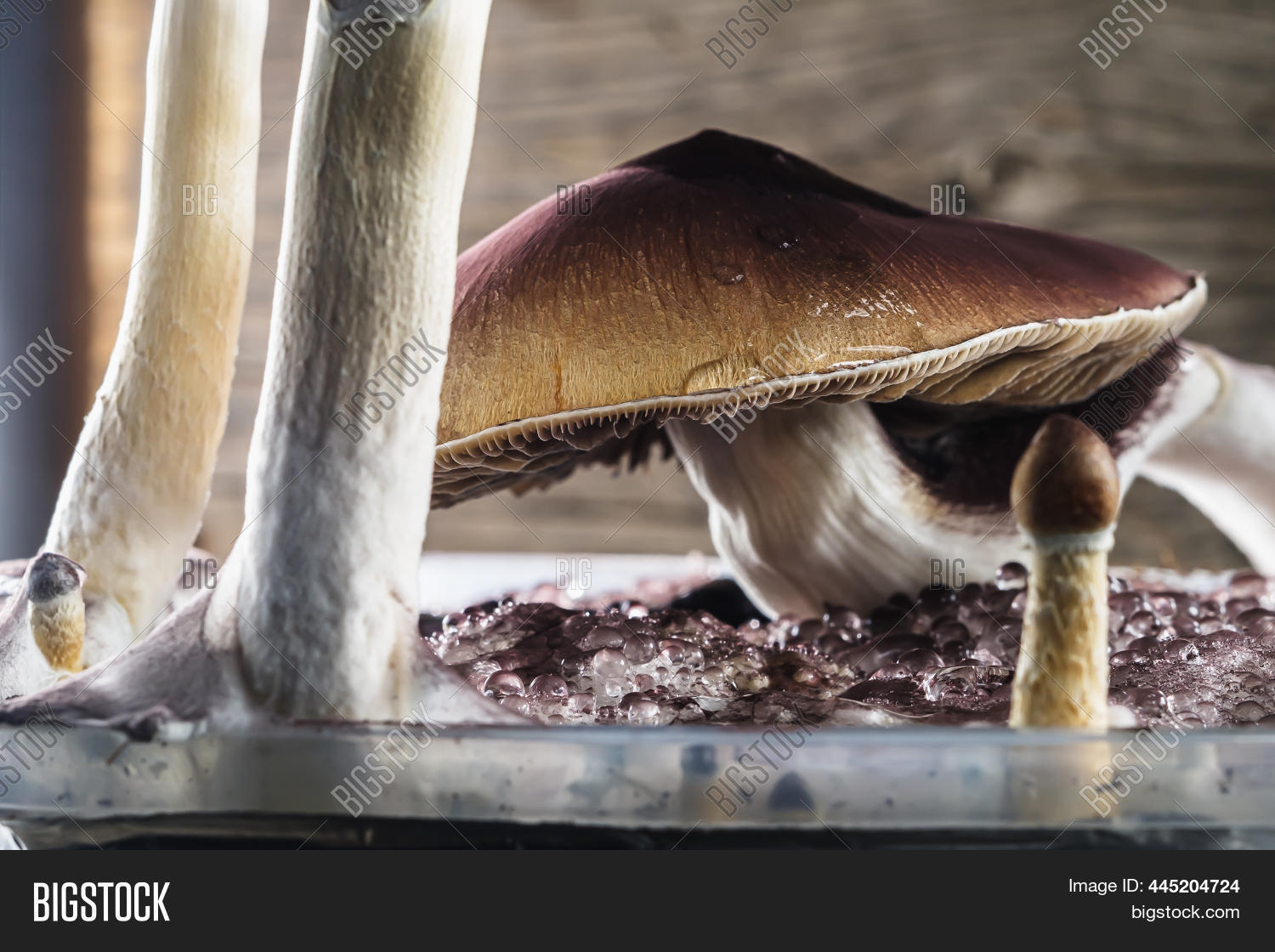LEACH: End Prohibition on ‘Magic Mushrooms’

When I first introduced what eventually became Pennsylvania’s medical marijuana law in the Senate, I struggled to find a single co-sponsor. The issue was controversial, not well understood, and my bill was considered extremely unlikely to pass. The Pennsylvania legislature is not typically in the vanguard of social change.
Fast-forward a couple of years, and my medical marijuana bill passed the Senate 43-7 and by a 3-1 margin in the House. It took a great deal of hard work on the part of a lot of people, legislators, advocates, patients, etc., to get us from pipedream to passage. But ultimately, the arguments behind our bill were simply too universal and too compelling to dismiss. The weight of medical evidence strongly indicated that cannabis helped people with a variety of illnesses, and the simple fact is that sick people, regardless of political party or ideology, just want to get better.
Now, six years after medical marijuana became legal, we face a new but related issue. One that is informed by many of the same compelling considerations as the fight for access to marijuana. It is time that we legalize the medical use of what have been called “psychedelics” (and are now referred to as “entheogenic plants and fungi”).
Entheogens that are receiving a good deal of attention from researchers include psilocybin, which is the extract of certain “magic” mushrooms, mescaline, derived from the peyote cactus, methylenedioxymethamphetamine (who names these things?), which is commonly referred to as MDMA or “ecstasy”, and Lysergic Acid Diethylamide, known as LSD.
These substances all have certain things in common. They are psycho-active, meaning they can, to varying degrees, alter your mood, thoughts or perceptions. They are all currently federally illegal (with some exceptions) and illegal in most states. And they have all shown great promise in treating a variety of ailments from depression, pain, and anxiety to PTSD and drug addiction.
The idea that these mind-altering substances can be therapeutic is not new. A lot of research was being done on these drugs in the 1950s and 60s. However, in the early 1970s, President Richard Nixon, for reasons having little to do with the merits of the specific substances involved, committed the nation to an aggressive “war on drugs”.
This war was launched in an effort to demonize and prosecute anti-war and civil rights protesters, and to use the criminal justice system as a means to control minority populations. Because mind-expansion was then (but not now) considered to be an activity of young people and the political left, every substance which could, in any way, alter someone’s consciousness was lumped together into the term “drugs” and labeled “bad” and “dangerous”. Of course, tobacco and alcohol, which were the preferred intoxicants of the ruling class, were exempt from this “war”.
Nixon’s war on drugs, adopted and expanded by Nancy Reagan, ended virtually all medical inquiry into entheogens. Only in the last 10 years did research begin again. But now, there are literally hundreds of ongoing studies and clinical trials, and the early results are extremely promising, often in cases where traditional therapies are ineffective. The results were so drastic that the federal government, always slow to rethink long-standing drug policy, has started to take notice. In 2019, the Food and Drug Administration granted psilocybin “breakthrough therapy” status for depression, which will make further research much easier. Just last week, the FDA approved a phase 2 clinical trial to study the effects of LSD on anxiety.
State and local governments have reacted as well. In 2020, Oregon became the first state to legalize psilocybin. In the 2022 election there will be a question on the California ballot to do the same. A number cities around the nation have legalized or decriminalized certain entheogens, including Washington, D.C., Santa Cruz, Denver, and Somerville, Massachusetts. Over 100 other municipalities are considering the same thing.
These drugs are clearly intoxicants, which must be respected with appropriate oversight and regulation. However, the irony is that most of the entheogens being studied are less dangerous and have fewer side effects than the drugs they may replace. The only reason they are stigmatized and prohibited in a way that other medicines are not is because they were deliberately incorporated into the political culture wars of the past. Like marijuana, the disapprobation these drugs have received was never rationally related to the drugs themselves.
What is clearly needed is an educational campaign for psychedelics similar to the one that successfully changed people’s minds about marijuana. As people come to fully understand the potential benefits to be had, outdated stigmas and superstitions will fade, and we will be able to give people access to truly life-changing medications.
Follow us on social media: Twitter: @DV_Journal or Facebook.com/DelawareValleyJournal



